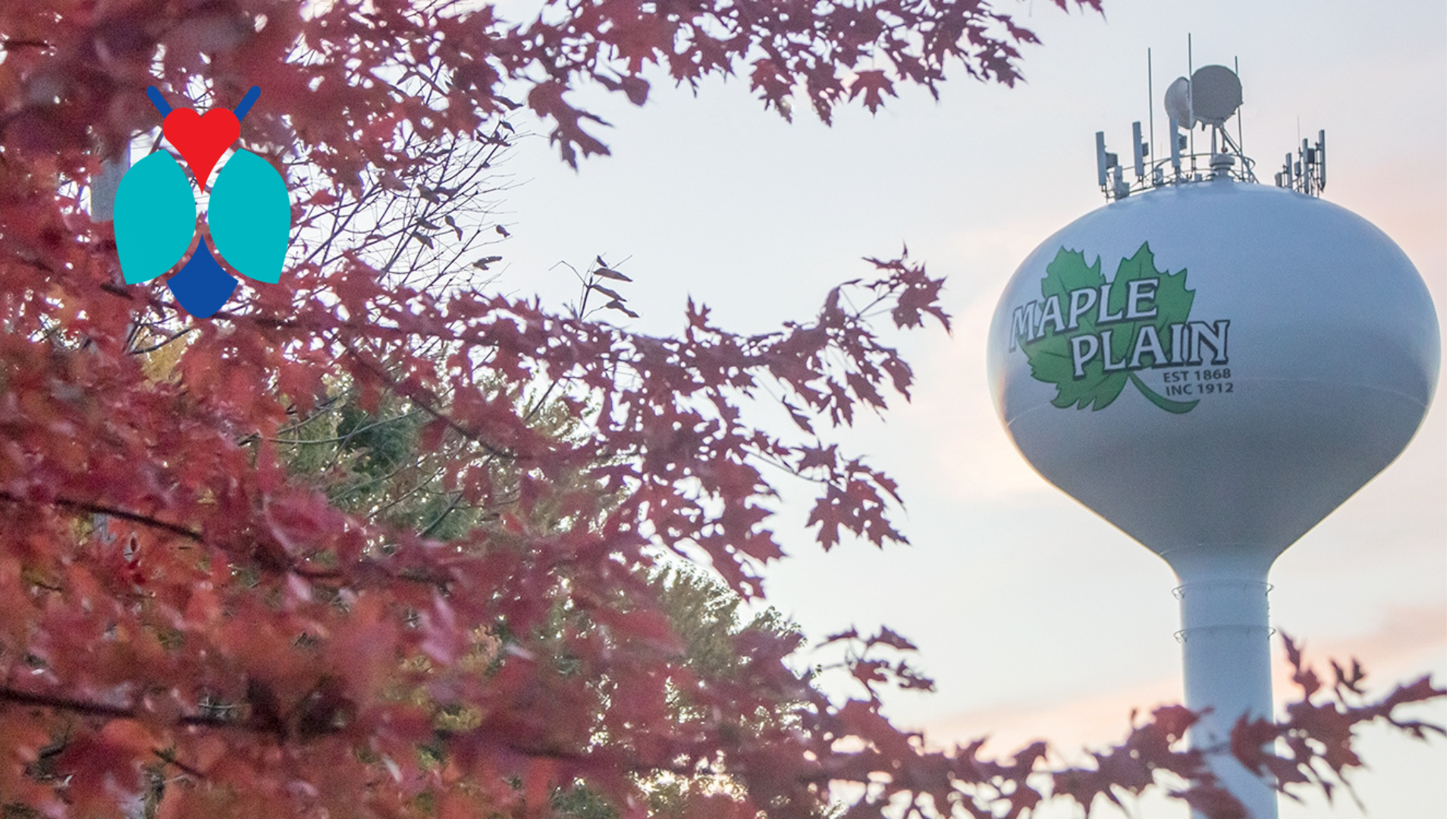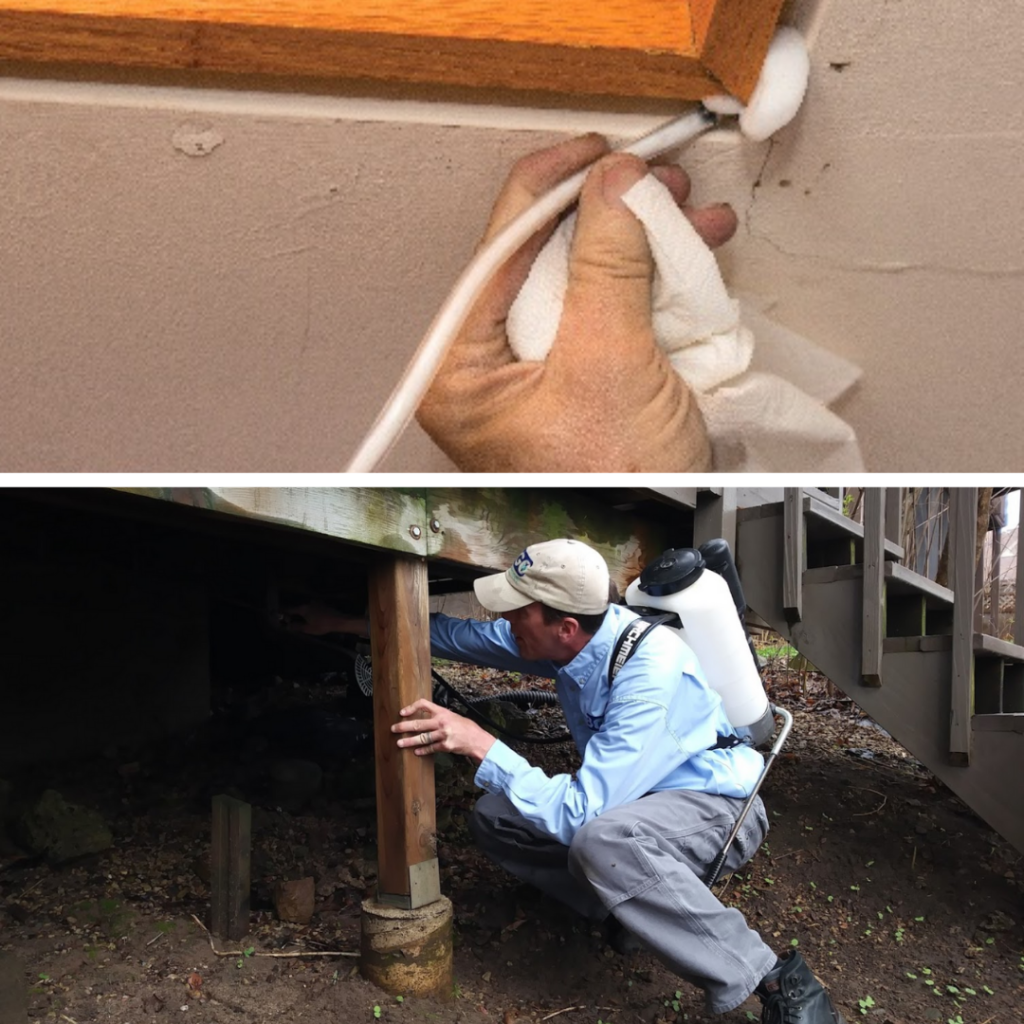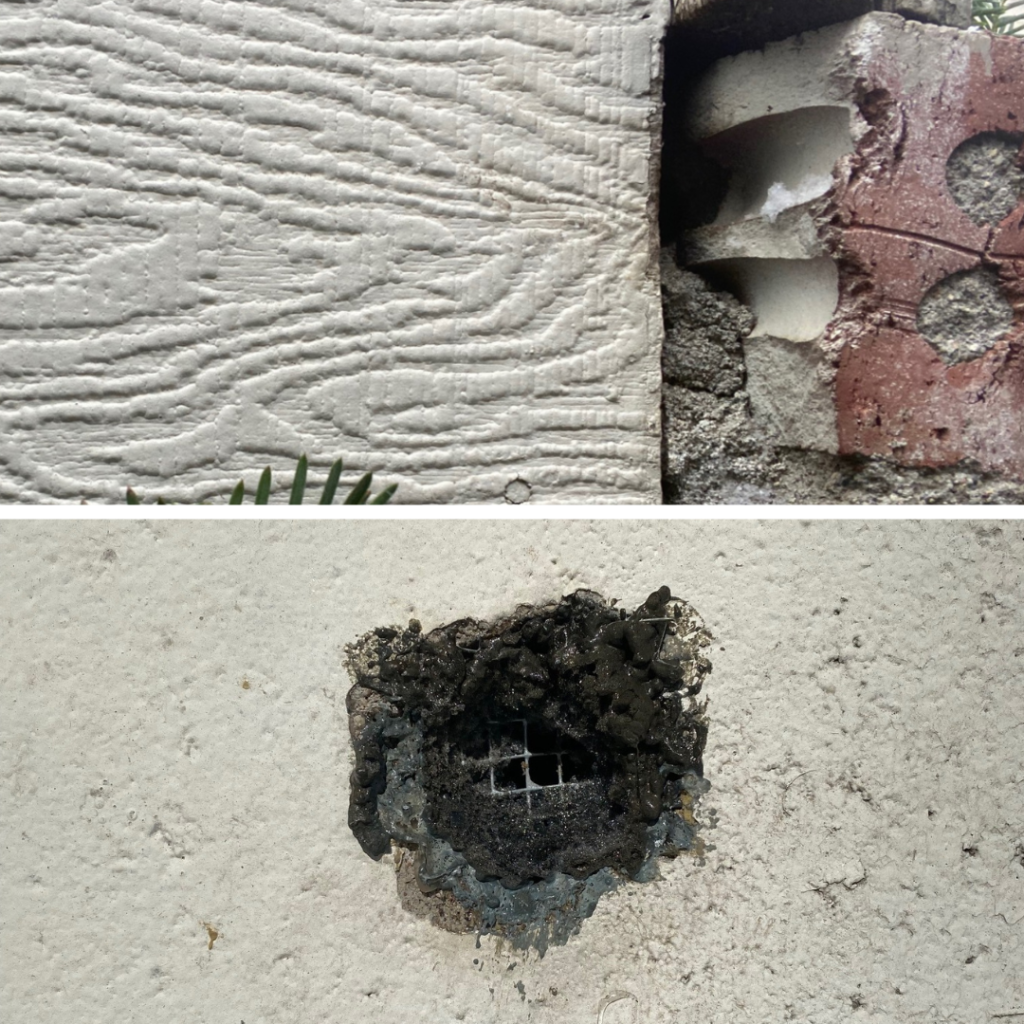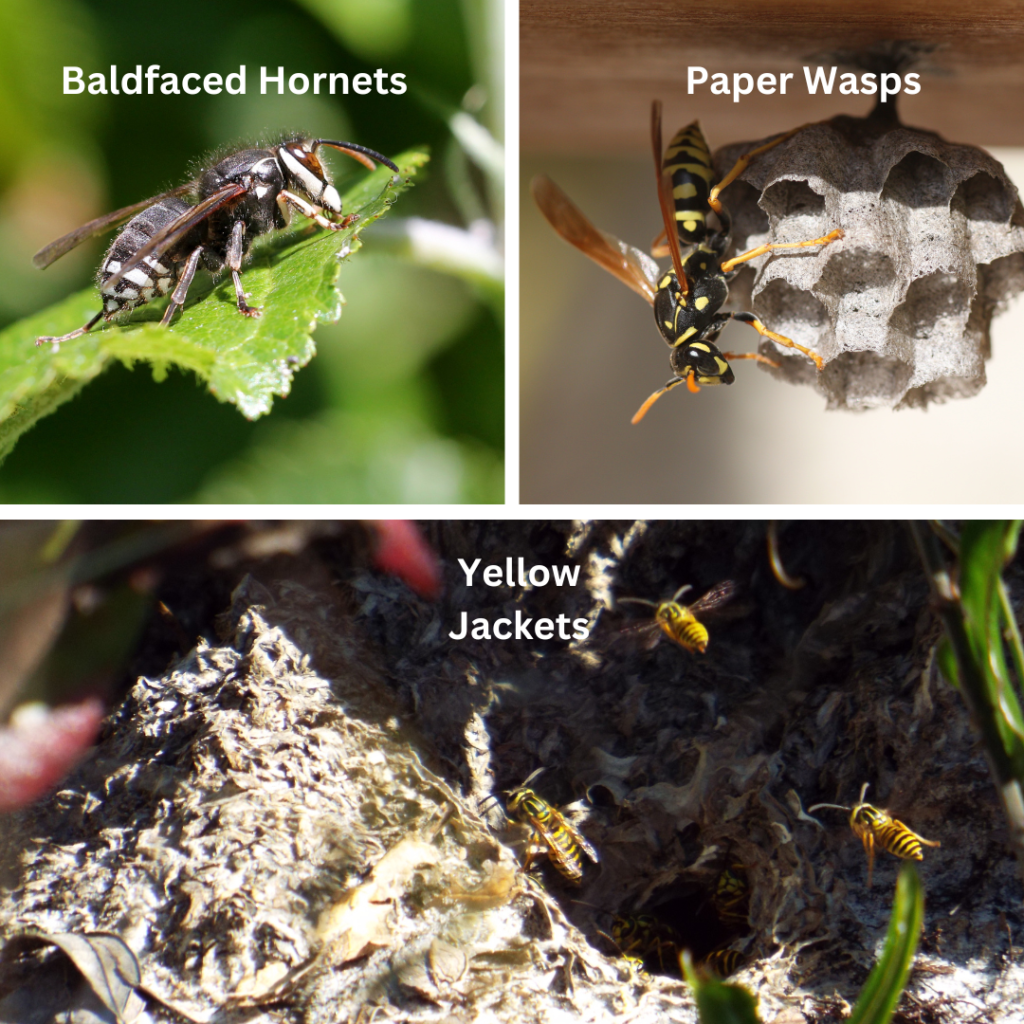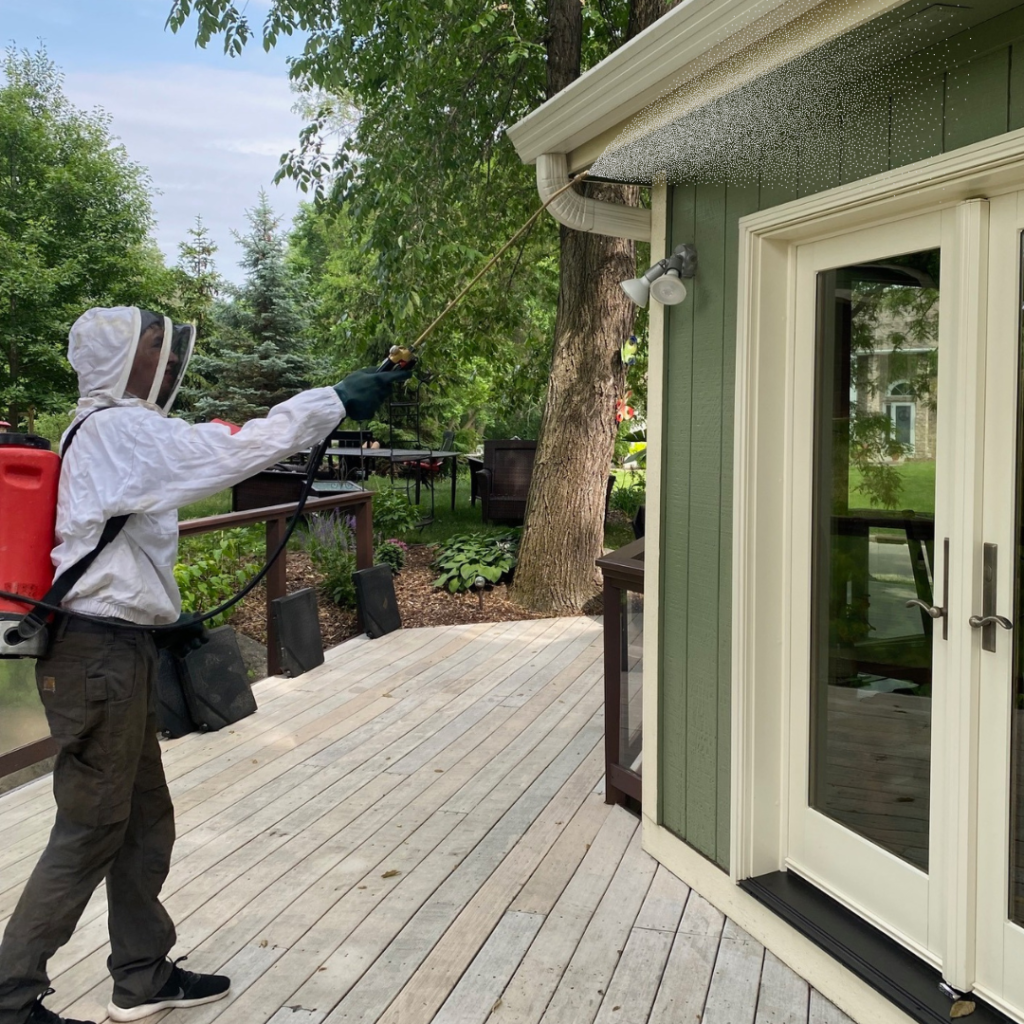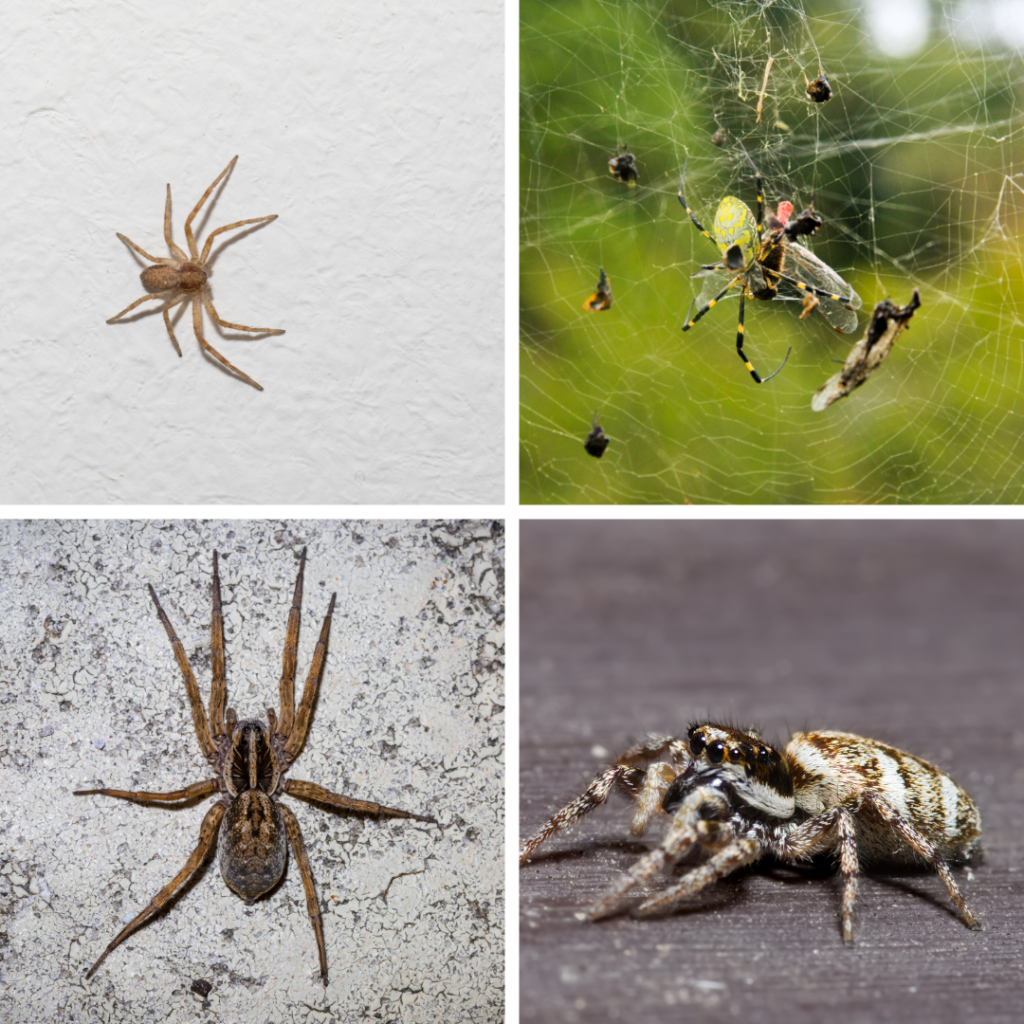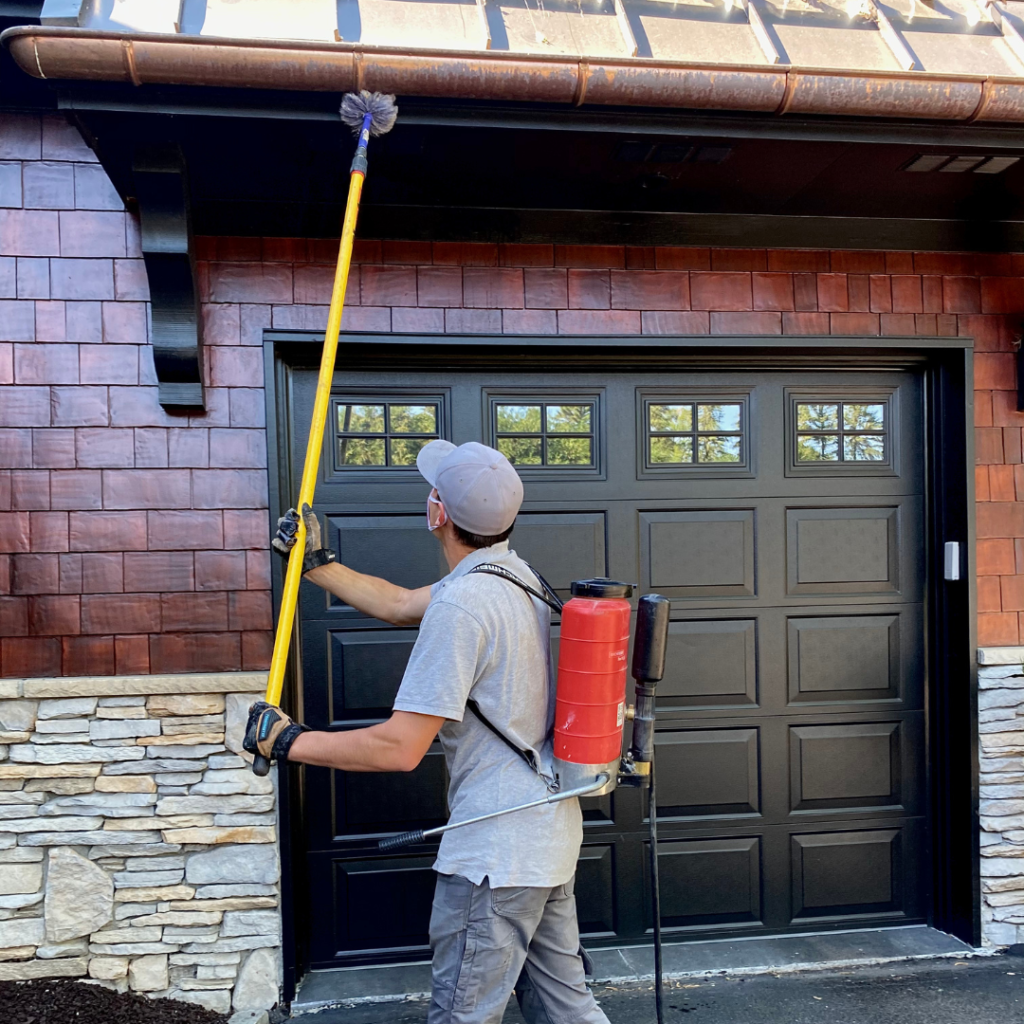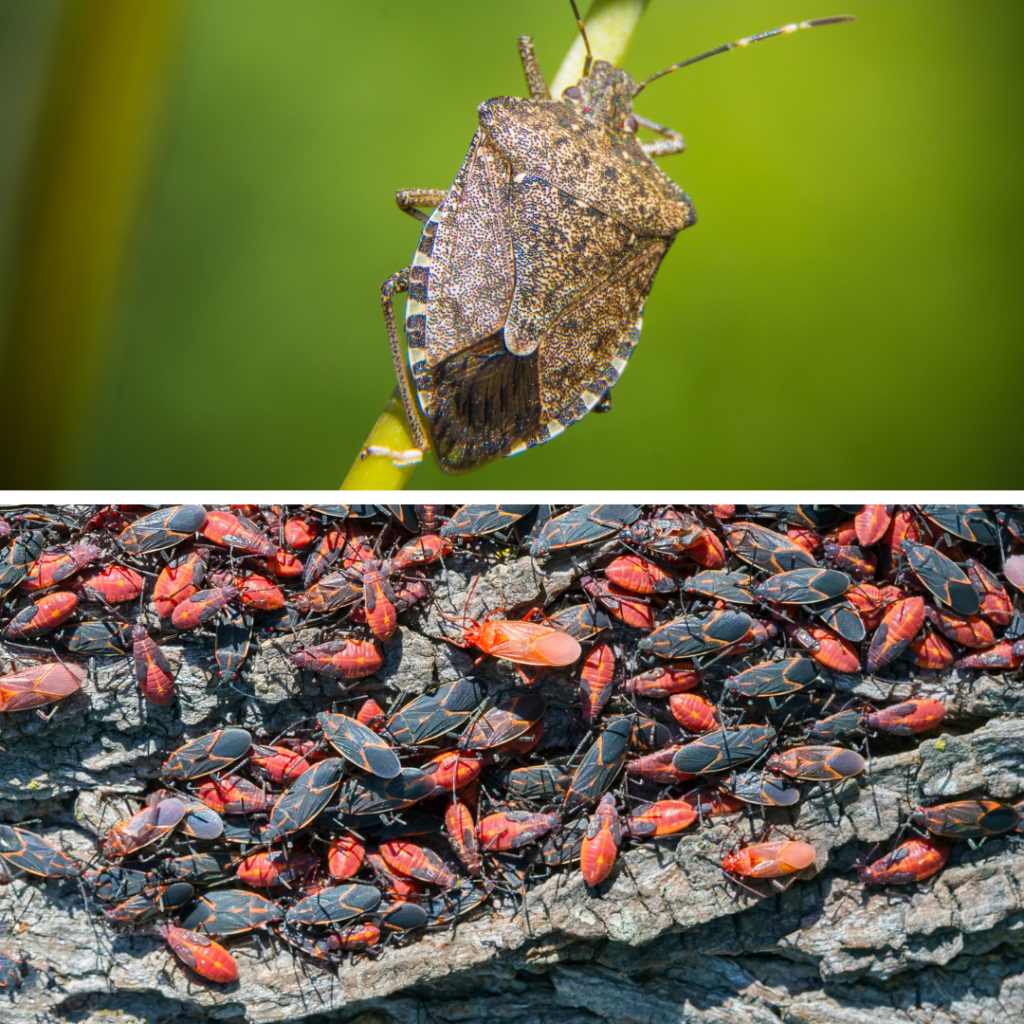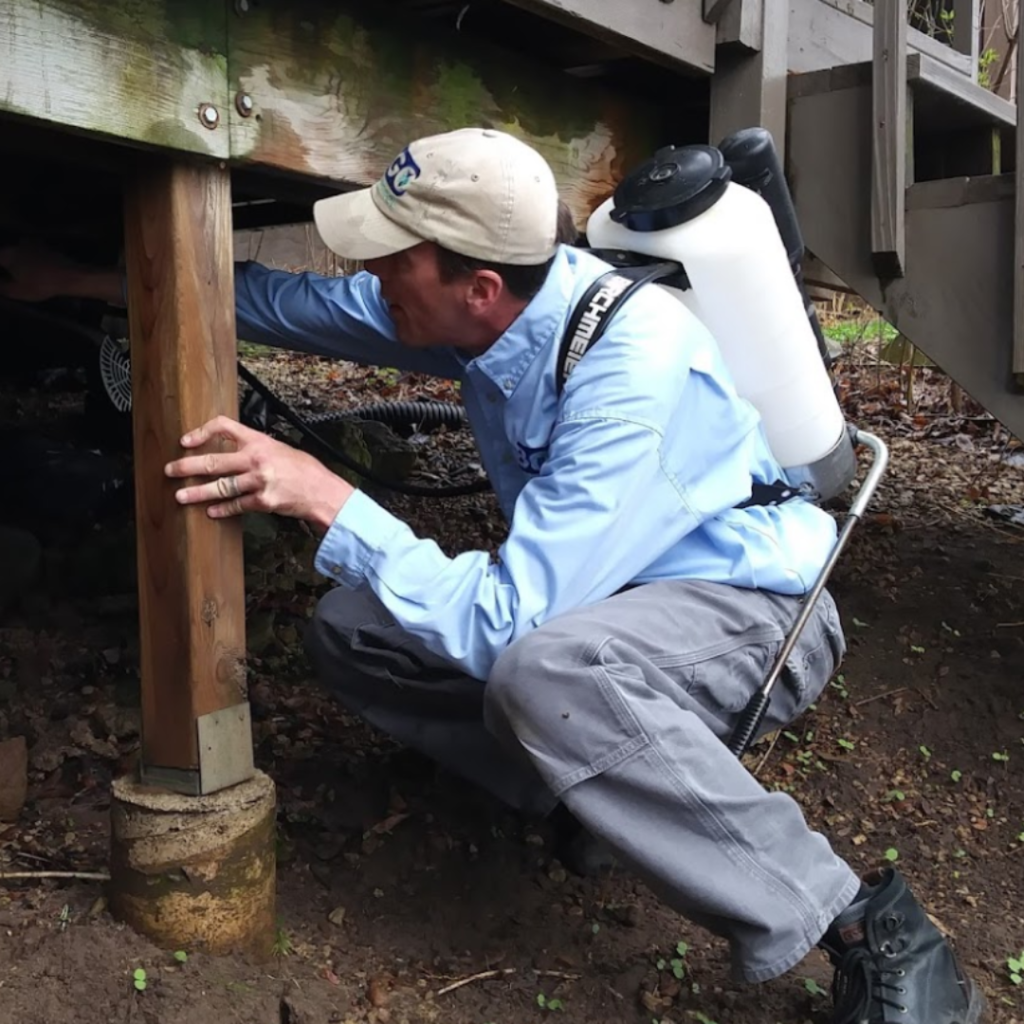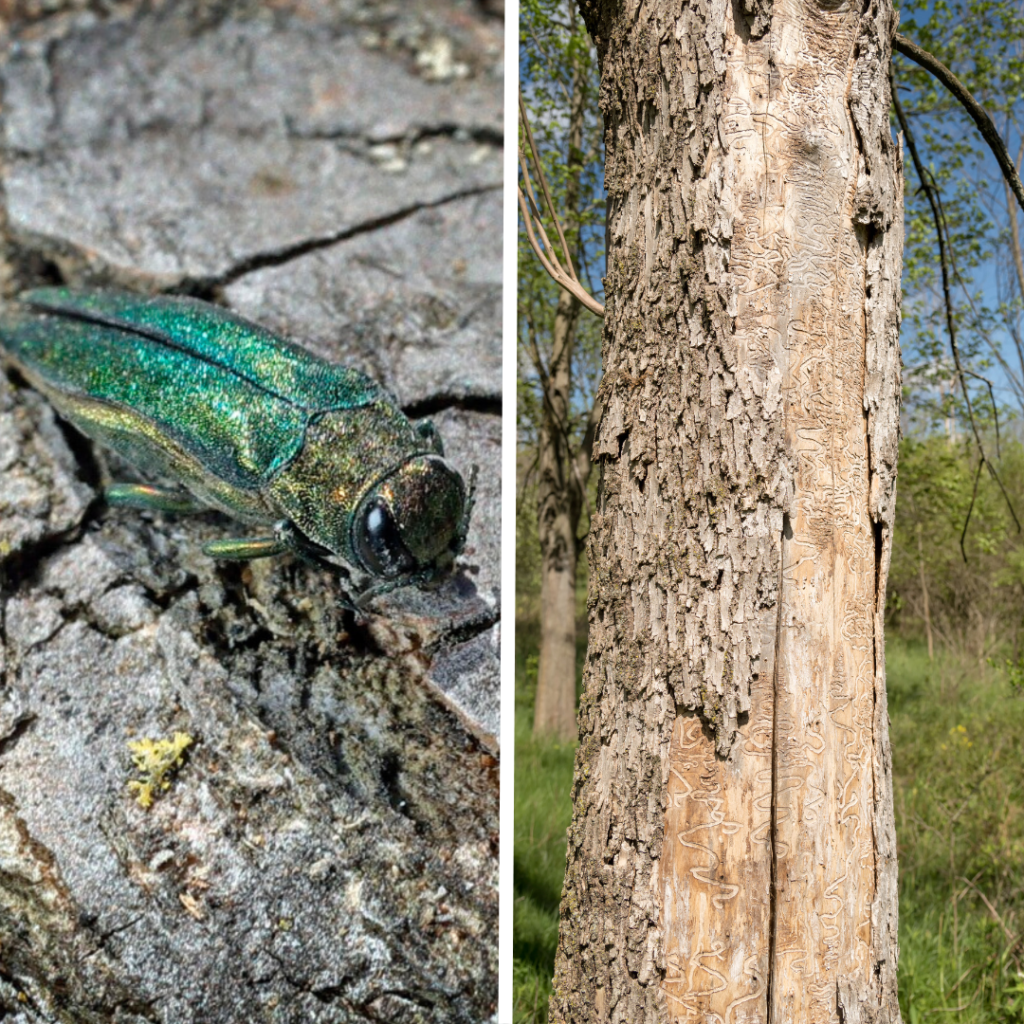Contact BOGO For Your Maple Plain Minnesota Pest Control Needs.
Maple Plain is a small town with many homes that are spread out and sitting on large plots of land. Many of the homes are surrounded by beautiful wooded and waterfront ecosystems. These areas attract pests of all shapes and sizes.
These are the most common pests found in Maple Plain Minnesota
(Click on the names to keep from scrolling)
To protect your home from all these insects and more our Insect Protection Plan or IPP is the best option
If you have any questions or concerns or would like to schedule an appointment call us to send us an email
Call Us Today! 952-404-BOGO (2646)
Share This Page!
Ants in Maple Plain Minnesota
Behavior
Ants that live in Minnesota change their behavior due to the changes in temperatures. In the spring and summer ants’ number one goal is to expand and grow their colony. They do this by mating and foraging. They mate in nuptial flight. The male and female ants both have wings. The male dies soon after mating and the female locates a place to make a nest. Once the nest has worker ants they start to forage. They forage for protein-based foods and feed them to their larvae and pupas. The worker ants feed on foods with sugar and carbohydrates. In the winter their behavior changes. They no longer work growing the colony. They either hibernate or build nests inside homes. If they can stay active they only forage for sugary foods to stay alive in the winter.
Ant Service
The ant service we provide uses products that only licensed pest control technicians can use. The products are so effective that if not used properly they could kill accidentally kill entire bee colonies. The product works by not killing the ants right away. They cross over the sprayed surfaces and carry the product back to their nest. Once inside the nest, it spreads throughout the rest of the colony and kills them. After each ant treatment, it takes 30 days for an entire ant colony to be eradicated. We spray in interior treatments in the winter and exterior treatments in the spring and summer.
Click below to learn more about our ant service
To learn more about ants visit our ant identification page
Mice in Maple Plain Minnesota
Behavior
Mice in Minnesota have 2 main jobs. One job is to breed and one job is to forage and store food for winter. Mice are unique in that they do not have a breeding season. If their nests are located in temperature-controlled areas in the winter they will continue breeding and raising new litters. It only takes 30-40 days for a mouse to become sexually mature. The next job mice do is to forage for food. They are nocturnal so they leave their nests at night. Their territory only stretches 3o yards away from their nests. To find their way back they leave a scent trail from urinating while moving around. Over time when mice use the same entry points the scent trails leave rub marks which is a mixture of urine, mud, and grease rubbed off of their fur.
Our Mouse Service
Each mouse service we provide is unique and customized differently for each home. Every home is built differently than the next. So each time we seal up a home it won’t be the same. Each service has to start with a thorough inspection. During the inspection, we walk around the exterior of the home. We take photos of entry points, signs of mouse activity, and limitations. Limitations consist of areas around the home that block us from reaching 100% of the foundation or roof (if necessary). Some examples include; low three-season porches, low decks, and cedar shake roofs. After the inspection, we come up with a price and period of how long the service will take. During the seal-up service, we use products most other pest control companies don’t carry and make sure each entry point is sealed to last and made impossible for a mouse to chew through. Our service is so effective we stand by it by offering full 2-year warranties or 2-visit 2-year warranties.
Click below to learn more about our signature mouse service
To learn more about mice visit our mouse identification page
Wasps in Maple Plain Minnesota
Behavior
Social wasps in Minnesota spend each spring and summer building their nests from scratch. In the winter most worker wasps freeze, starve and die. The queen wasps find a warm place to overwinter and wake up in the spring. In the late spring after feeding on nectar and insects, they start building a new nest in May-June. The first workers of each nest start foraging for food and nesting material. They find their nesting material by chewing thin layers off of dried-out wood. They can get it from firewood, cedar shake roofs, and unstained wooden decks. They mix the layer of wood with their saliva which makes the papery material all their nest are made out of. Their main diet consists of nectar, insects, sugary foods, and meat. They feed the protein-based foods to the larvae in the nest and many wasps get their sugar from eating the fluids their wasp larvae secrete while in the nest.
Wasp Service
Our wasp services vary between being proactive and extermination. Our proactive wasp service takes place around the exterior of the home. We spray along the soffits, corners, gutters, windows, and doors. We focus on areas that allow wasp nests to stay dry when it rains. When our product lands on these surfaces it sticks to it. When a wasp or any insect lands on it they die after 30-45 minutes. This product stays effective for 2 months. Our extermination service is meant for nests that are already built. They can be built on the house or the lawn. The product we use for the larger nests doesn’t kill the wasps on contact. Instead, the product is designed to let the wasp bring it back inside the nest to spread it through the entire colony and queen. This often takes 2 weeks before the entire nest is eradicated. Each wasp service comes with a warranty that lasts for the entire spring-summer season.
Click below to learn more about our wasp service
To learn more about wasps and bees visit our identification page
Spiders in Maple Plain Minnesota
Behavior
Spiders are capable of surviving through the cold Minnesota winters. They don’t hibernate instead they produce antifreeze proteins (AFP). This allows them to stay active in temperatures as cold as 23 degrees Fahrenheit. If it gets colder they enter a dormant state to conserve energy. They are cold-blooded and will survive like that until it gets warm again. Besides this ability, spiders also play a very important role in our ecosystems here in Minnesota. They feed on insects that would otherwise become overpopulated. Causing them to spread diseases among plants and animals. In Minnesota spiders most commonly feed on mosquitos, ticks, flies, and moths. These insects mostly live near bodies of water and wooded habitats. This means spiders are drawn to living in the same types of habitats.
Spider Service
Our spider service can either take place on the exterior of the home, the interior, or both. In the spring and summer, we focus mostly on the exterior. We start each exterior service by knocking down as many spider webs as we can (we are limited to the height of our brush wands). Next, we spray around the foundation, under soffits, gutters, corners, and around doors and windows. The product sticks to the home and stays effective for 2 months. When a spider moves across any sprayed areas they die after 30 to 45 minutes. Because all spiders come inside homes from the outside, our interior treatments are not as effective. When we do treat inside we focus on spraying in basements, unfinished rooms, and corners. If a home is built close to a body of water or wooded habitat its recommended to schedule multiple spider treatments.
Learn more about our spider service
To learn more about spiders read our blog “We Love Living Near Water and so do Spiders!”
Boxelder Bugs and Stink Bugs in Maple Plain Minnesota
Behavior
Stink bugs and boxelder bugs can be found crawling inside homes in the winter. They get inside by swarming outside homes and buildings in the fall. The most common entry points include; entering under weather stripping, around windows, cracks in the foundation, and siding. In the winter most bugs will stay in a frozen dormant state. Except on sunnier days in the winter, some bugs may warm up enough to become active again. Even when active they still won’t be breeding or laying eggs inside the home. Both bugs start breeding in the late spring and summer. Boxelder bugs lay their eggs on boxelder trees. When they hatch their larvae and nymphs eat the helicopter seeds that the trees produce. Stink bugs lay their eggs on leaves of various different plants. The most common include; sweet corn, apples, grapes and tomato plants.
Boxelder and Stink Bug Service
Stink bugs and boxelder bugs start flying toward homes and buildings in the fall. Right before they start becoming visible is the most effective time to treat them. Once the swarms are already on the home there is most likely a population of bugs already living inside. During the service, we focus on the exterior of the home. We try to cover a majority of the home besides the windows with our product. Both insects are great fliers and can enter the home through soffits and chimneys that are high up off the ground. The product we use sticks to the surface and stays effective for 2 months.
Click below to learn more about our boxelder/stink bug service
To learn more about boxelder bugs and stink bugs read our blog “Minnesota Fall Pests”
Ash Tree Service in Maple Plain Minnesota
Emerald Ash Borer Behavior
The emerald ash borer uses ash trees as a host plant. They lay their eggs on the bark. One female can lay between 60-90 eggs at one time. When each egg hatches the emerald ash borer larvae chew through the bark and move into the cambium layer of the tree. When trees get older they grow rings and the cambium layer is always the outermost ring of a tree. As the larvae feed on the layer it slowly makes it harder for the tree to spread nutrients and water to all the branches and leaves of the tree. An infected ash tree will first start showing signs in the canopy. The highest branches die first. Over time if the tree is not treated the bark will start peeling off the tree. When this happens the tree is too far gone to be treated and needs to be cut.
Ash Tree Service
Our ash tree service starts by drilling multiple injection points around the base of the tree. We try our best at aiming for the roots right before they go into the ground. Once each injection point is made we inject our product into each hole individually. Doing it individually takes a little longer than other treatment options, but the benefits outweigh the cons. One benefit is that each injection point receives an equal amount of product. Another benefit is that it allows us to visually see and track that the tree takes up the product in each injection point.
For more information about the emerald ash borer in Maple Plain Minnesota
Learn more about the benefits of treating your ash trees and about the emerald ash borer
To protect your home from all these insects and more our Insect Protection Plan or IPP is the most effective option
BOGO Provides Pest Control Services For the Twin Cities and Beyond! Just a Few Cities We Service For Include
Anoka|Apple Valley|Bloomington|Burnsville|Coon Rapids|Champlin|Chanhassen|Deephaven| Delano|Eagan|Eden Prairie|Edina|Elk River|Excelsior|Golden Valley|Independence|Lino Lakes|Long Lake|Maple Grove|Maple Plain|Medina|Minneapolis| Minnetonka|Minnetrista|Mound|New Brighton|North Oaks|Orono|Prior Lake|Plymouth|Ramsey|Rogers|Shoreview| Shorewood|Stillwater|St. Louis Park|St. Paul|Victoria|White Bear Lake| Wayzata|Woodbury|
If you have any questions or concerns or would like to schedule an appointment call us to send us an email
Call Us Today! 952-404-BOGO (2646)



